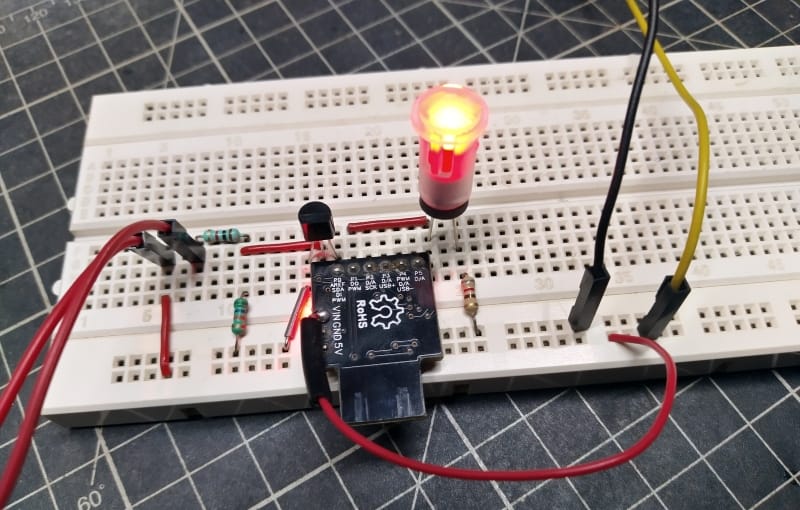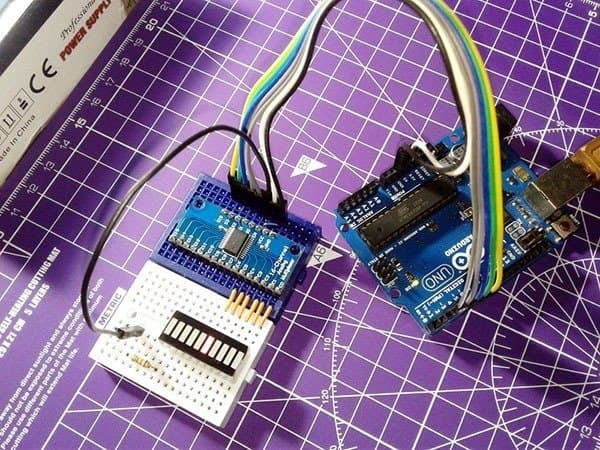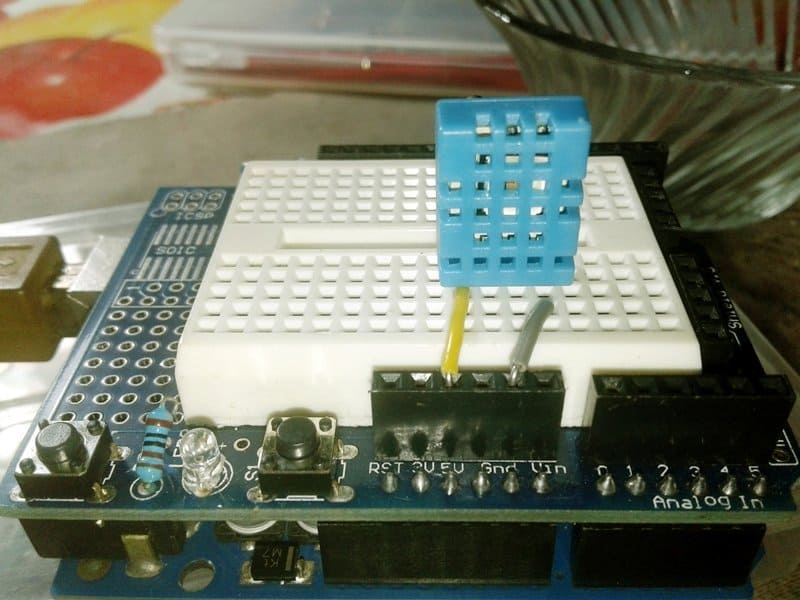It’s human nature to let our guard down temporarily and be distracted by random thoughts or doing multiple activities. A momentary lapse of attention that ends in a slip can led to a variety of regrettable events ranging from a simple spited shinbone to an extremely serious injury. Walking surfaces account for a significant portion of such injuries, and the most frequently reported type of surface where it naturally occurs is a wet floor!

Luckily, a wet floor indicator can raise an alert about the danger of slipping and accidental falls. So, let’s set up an automatic wet floor warning sign using a handful of discrete electronics parts lying around. Let’s start?
Below is the circuit diagram of the proposed Wet Floor Warning LED sign. This battery-operated sensor can notify you about a wet floor by flashing a red LED warning light, so you can be confident the hardware will keep all walkers in the know.
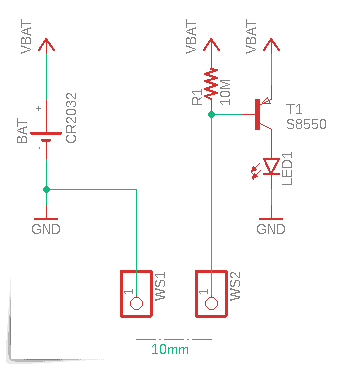
The working principle of this circuit is very simple as it takes advantage of the fact that water is slightly contaminated, in most cases, and thus conducts electricity to a certain extent. So, if water is detected between the water sensor probes of the circuit, its core electronics wakes up and emits a flashing red beacon instantly (LED1 is a flashing red LED lamp).
Since the conductivity of the water is used to active the core electronics, the two water sensor probes must be fitted at the lowest point of the signboard where water will come to stand (see below). They can be two tinned copper wires, but you can also use a pair of galvanized steel needles, rods, or the like.
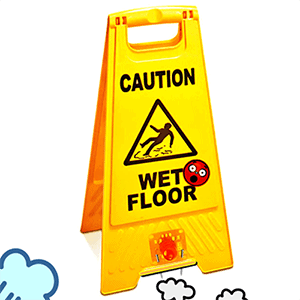
As you already noticed, the wet floor warning indicator is a flashing red LED with integral controller chip in a T−1 3/4 5mm plastic type package. Minimum operating voltage of the diffused red blinking LED lamp is used in my prototype is about 3V, and its blink frequency is in 2Hz to 2.8Hz range.
Moreover, current consumption of the entire circuitry is fairly trifling in idle state, the battery will thus last for several months as long as no wet floor condition is detected. An estimable CR2032 lithium battery usually has a very low self-discharge, and long shelf life up to 10 years. The loss of capacity due to self-discharge is from less than 1% to 1.5% per year at room temperature (23°C).
- CR2032 Datasheet http://www.farnell.com/datasheets/1496885.pdf
- S8550 Datasheet http://media.nkcelectronics.com/datasheet/s8550.pdf
- Blinking Red LED Datasheet https://www.farnell.com/datasheets/2861565.pdf
Digispark Version!
This is the “digital” version of the above demoed “analog” wet floor warning sign project! This tiny version is powered by a 6F22 9V battery. Needless to say, the basic design concept (hardware and software) can be easily adapted to the nearer applications you’ve in mind.
Below is the code for Digispark Attiny85 microcontroller. As usual, it can be easily ported to the Arduino microcontroller platform.
int wetSensor = 0;
void setup() {
pinMode(0, INPUT_PULLUP);
pinMode(1, OUTPUT);
}
void loop() {
wetSensor = digitalRead(0);
if (wetSensor == LOW) {
blink_led();
}
else if (wetSensor == HIGH) {
digitalWrite(1, LOW);
}
}
void blink_led() {
digitalWrite(1, HIGH);
delay(125);
digitalWrite(1, LOW);
delay(250);
}
Also, this is the hardware setup diagram. As you may agree, it’s simple, straightforward, and self-explanatory!
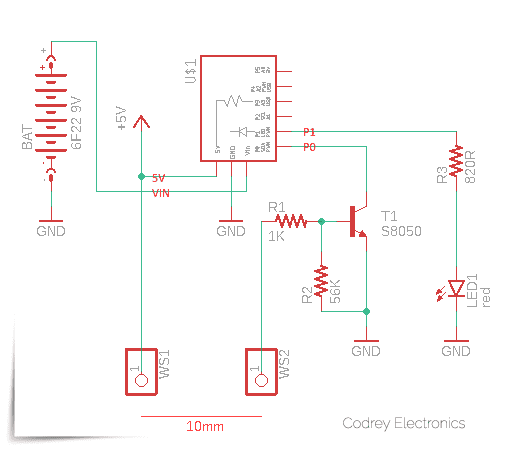
One thing to keep in mind, a 10mm big red (or amber) LED would be a good pick here for the warning indicator (LED1).
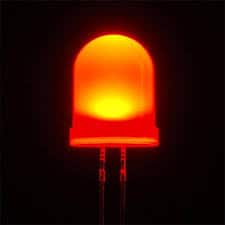
10mm Red LED Datasheet http://www.farnell.com/datasheets/1776830.pdf
Current Regulative LED?
At this point, it should be noted that the 10 mm “current regulative” LED (CRLED) may not be suitable for the current hardware setup!
See, a CRLED supplies a constant current to keep intensity consistency even when power supply voltage fluctuations or load impedance fluctuations occur. It looks the same as the 10mm regular LED, but since the current regulator circuit is built in the LED, it lights up just by connecting it to a power supply of DC5.5V to 20V. A red CRLED requires operating voltage in the 5V (minimum) to 20V (maximum) range (12V typical), and around 16mA typical operating current at 12VDC.
Below is the photograph of a pair of blue CRLEDs wired on a breadboard (Thanks to https://minkara.carview.co.jp/).
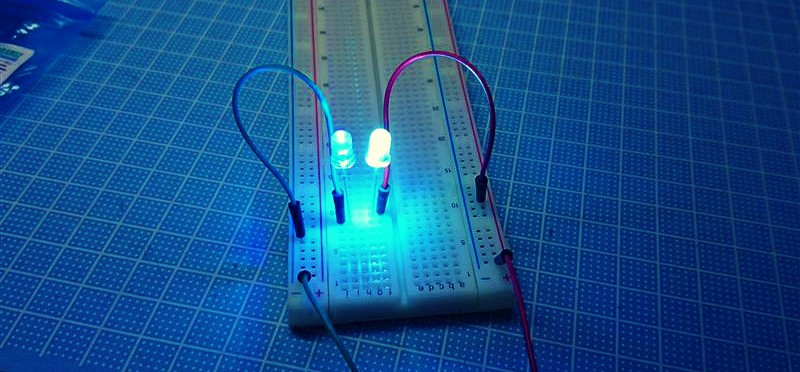
And, a sample CRLED Datasheet https://www.tme.eu/Document/f7082a51f8ff8680bc94ceaa9ef2d7c0/OSXXXXA131A-CRLED16.pdf
In conclusion, a couple of simple circuit ideas to build an automatic wet floor warning LED sign has been presented. Its simplicity really outperforms common electronic versions even if its veracity is a bit lower than what’s achieved with a costly commercial device.
It’s always great to learn something new and even better to be able to build on what you learned. I hope you get yours going soon!

